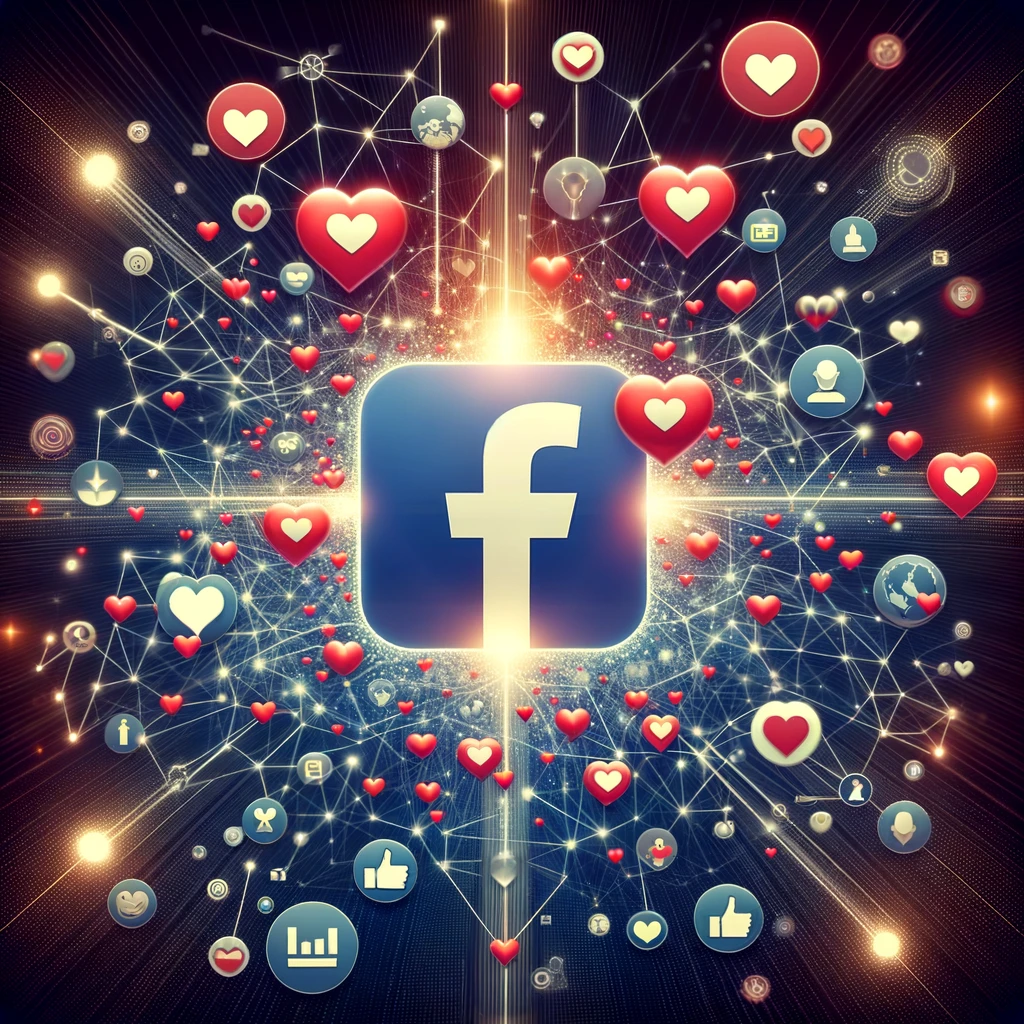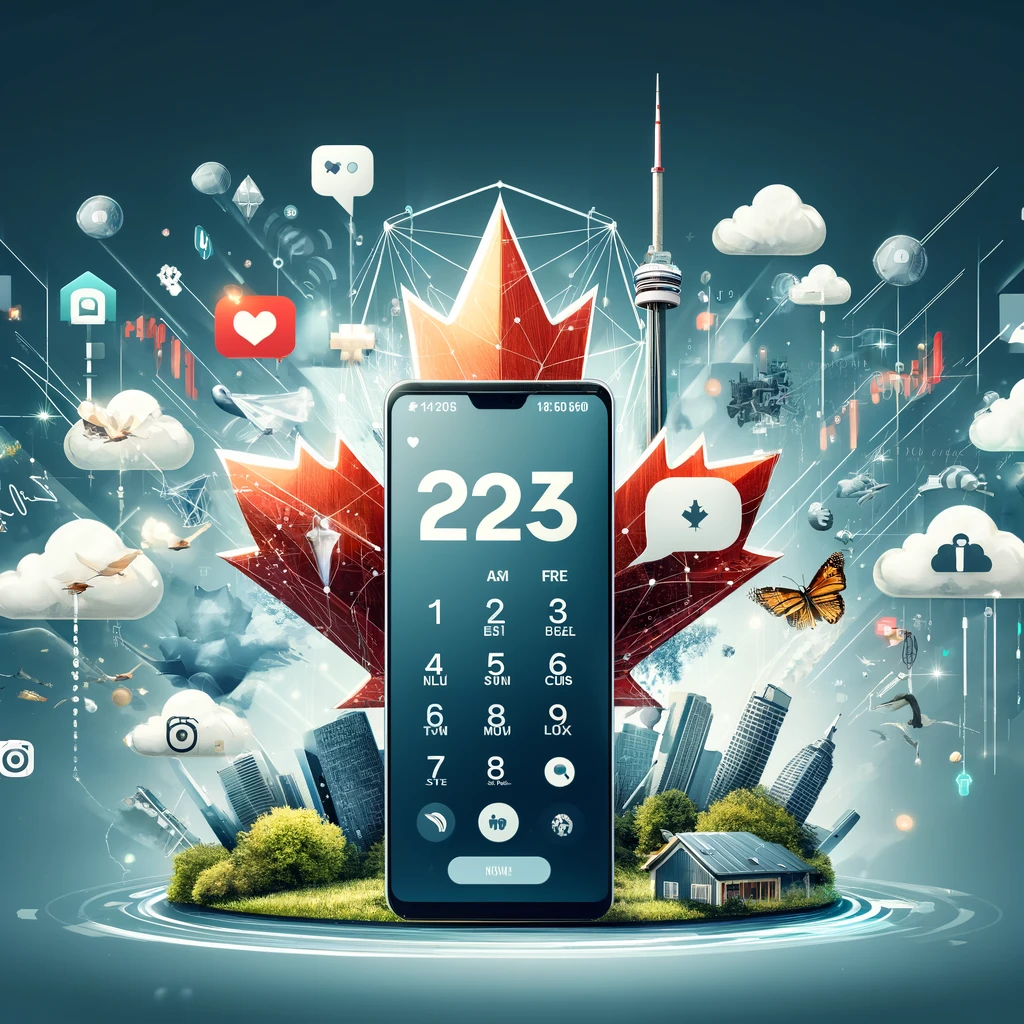The platform offers a treasure trove of emotional posts that can either make your day or leave you questioning humanity. From tear-jerking stories to hilarious memes, the spectrum of emotions found in these posts is as vast as the ocean. While some may bring a smile to your face and restore your faith in humanity, others might just make you cringe and wonder about the state of social media today.
Understanding Facebook Reactions
Meaning
The heart reaction on Facebook represents love, admiration, or support. It can also convey gratitude or sympathy depending on the context. Users often employ the heart emoji to express positive emotions towards a post.
Users frequently use the heart reaction to showcase their affection for a post without needing to write a comment. This simple and quick way of interaction allows individuals to engage with various content types like photos, videos, or status updates easily. By selecting the heart emoji, users can promptly communicate their feelings towards a particular post.
Giving a Heart Reaction
On Posts
When users receive heart reactions on their Facebook posts, it’s a clear sign that others appreciate or like what they shared. This form of engagement can boost the visibility of the post, potentially reaching more people in their network. For instance, if a user shares a heartwarming story and receives numerous heart reactions, it indicates that the content resonated with many individuals.
The number of heart reactions on a post acts as an informal metric for its popularity. More hearts typically mean that the content has struck a chord with the audience. It’s akin to receiving applause for a job well done; these digital gestures serve as virtual pats on the back, encouraging users to continue sharing similar content.
On Comments
In addition to posts, users can also react with heart emojis to comments made on their Facebook posts. By using this reaction, individuals convey agreement, support, or appreciation without having to type out responses. Suppose someone leaves a heartfelt comment on another user’s post; responding with a heart reaction is an efficient way to acknowledge and reciprocate those positive sentiments.
Allowing users to respond positively through heart reactions fosters an environment of encouragement and positivity within social media interactions. It creates avenues for expressing emotions beyond just words and encourages meaningful connections online.
Different Ways to React
Emojis
Emojis are small images used to convey feelings in online conversations. Among them, the heart emoji is a popular choice for expressing love and affection. On Facebook, users can choose from various emojis to react to posts or comments. For instance, when someone shares exciting news like getting accepted into their dream college, friends can respond with a heart emoji.
Facebook offers a wide selection of emojis beyond just hearts; however, the heart emoji remains a favorite due to its simplicity and clear message of care or admiration. When someone posts about an achievement or shares heartfelt content like wedding photos, using the heart reaction shows support and joy without needing words.
Videos
Videos on Facebook have the power to evoke strong emotions in viewers. People often come across touching stories or inspiring videos that resonate with them deeply. In such instances, instead of leaving a comment or simply liking the video, users opt for the heart reaction as it signifies a more profound emotional connection.
The heart reaction on videos serves as an indicator that viewers were moved by what they watched. It’s akin to giving virtual applause or showing appreciation for meaningful content shared on social media platforms like Facebook.
Creating Heart Emojis
Selection Process
Users can easily express their feelings by selecting the heart emoji on Facebook. By hovering over or long pressing the “Like” button, a variety of reaction options, including the heart icon, appear. Simply clicking on the heart icon or tapping it on mobile devices allows users to choose this expressive emoji effortlessly.
On Facebook, expressing love and affection through reactions is made simple with the heart emoji. This iconic symbol stands out among other reactions available for users to convey their emotions effectively and succinctly.
Custom Emojis
During special events or campaigns, Facebook introduces unique custom emojis that temporarily replace the default heart reaction. These exclusive emojis provide users with an opportunity to showcase their sentiments in a personalized manner during specific periods.
In addition to standard reactions like likes and comments, utilizing custom emojis adds a touch of creativity and individuality to how users interact with posts on Facebook. These temporary icons offer a fun and engaging way for individuals to connect emotionally with content shared within their social network.
The Impact of Heart Reactions
User Engagement
The heart reaction on Facebook plays a crucial role in user engagement. It offers a simple way for users to show their emotions quickly and effortlessly. When users interact with posts using heart reactions, it boosts the post’s visibility and extends its reach to a broader audience. For instance, if someone shares an uplifting story and receives numerous heart reactions, more people are likely to see the post due to increased engagement.
Creating a sense of connection among users is another benefit of heart reactions on Facebook. By allowing individuals to express their feelings through this feature, it fosters positive interactions within the community. This emotional connection can lead to a supportive online environment where users feel valued and appreciated for sharing their thoughts or experiences openly.
Emotional Expression
The heart reaction serves as an effective tool for emotional expression on social media platforms like Facebook. With just one click, users can convey various emotions such as love, appreciation, or support without having to type out lengthy comments. This simplicity in expressing feelings through heart reactions simplifies communication by providing a visual representation of emotions instantly.
Utilizing Videos for Heart Posts
Creating Videos
Users on Facebook can create various types of videos, such as personal stories, tutorials, or creative content. Engaging and authentic videos are more likely to receive heart reactions from viewers. To enhance audience response, consider using storytelling techniques, high-quality visuals, and clear audio in your videos.
When creating videos for heart posts on Facebook, think about what will resonate with your audience emotionally. For instance, sharing a personal story that evokes empathy or providing a tutorial that helps others can lead to heartfelt responses. By focusing on authenticity and emotional connection in your video content, you increase the chances of receiving heart reactions from viewers.
Sharing Tips
Encourage users to create compelling content by offering tips on eliciting heart reactions through their posts. Share guidance on crafting visually appealing posts or creating emotionally resonant videos that touch the audience’s hearts. Provide strategies for building meaningful connections with viewers through thoughtful and engaging content creation.
Tips for Effective Heart Posts
Content Quality
Creating high-quality content is crucial for receiving heart reactions. Focus on making posts that are valuable and relevant to your audience. Ensure your content is aesthetically pleasing, clear, and authentic. For instance, sharing heartfelt stories or posting inspiring quotes can resonate with users and increase the chances of getting heart reactions.
Consider posting at optimal times to boost engagement. Analyze when your audience is most active on Facebook and schedule posts during peak hours for maximum visibility. Experiment with different posting times to identify the periods when your content receives the most heart reactions. By understanding your audience’s behavior patterns, you can strategically time your posts for better results.
- Pros:
- Increased engagement from users
- Higher visibility on users’ feeds
- Cons:
- Requires ongoing analysis of audience behavior
- May need trial and error to determine optimal posting times
Evolution of Heart Reactions
Historical Overview
The heart reaction was added to Facebook in 2016, expanding the emotional range beyond just the “Like” button. It offered users more ways to express feelings online. Over time, this simple red heart became a widely recognized symbol for love and appreciation on the platform.
Since its inception, the heart reaction has gained immense popularity, allowing users to convey emotions like warmth, care, and gratitude with a single click. Through this feature, people have found an easy way to show support or affection without needing to craft a comment.
Recent Changes
Facebook regularly updates its reactions menu, including modifications to the iconic heart emoji. To stay current with these changes is crucial for effectively engaging with posts on the platform. By being aware of any new features related to heart posts, users can make use of all available tools when interacting online.
Closing Thoughts
You’ve now mastered the art of spreading love on Facebook through heart reactions. From understanding the impact of these gestures to creating engaging heart posts, you’re equipped to connect with your audience on a deeper level. Remember, a simple heart can convey more than words ever could.
So, go ahead and start sharing those heartfelt posts. Engage with your friends, family, and followers using the power of the heart reaction. Let your love and positivity shine through each click. Your virtual presence can make a real-world difference. Spread love, one heart at a time.



